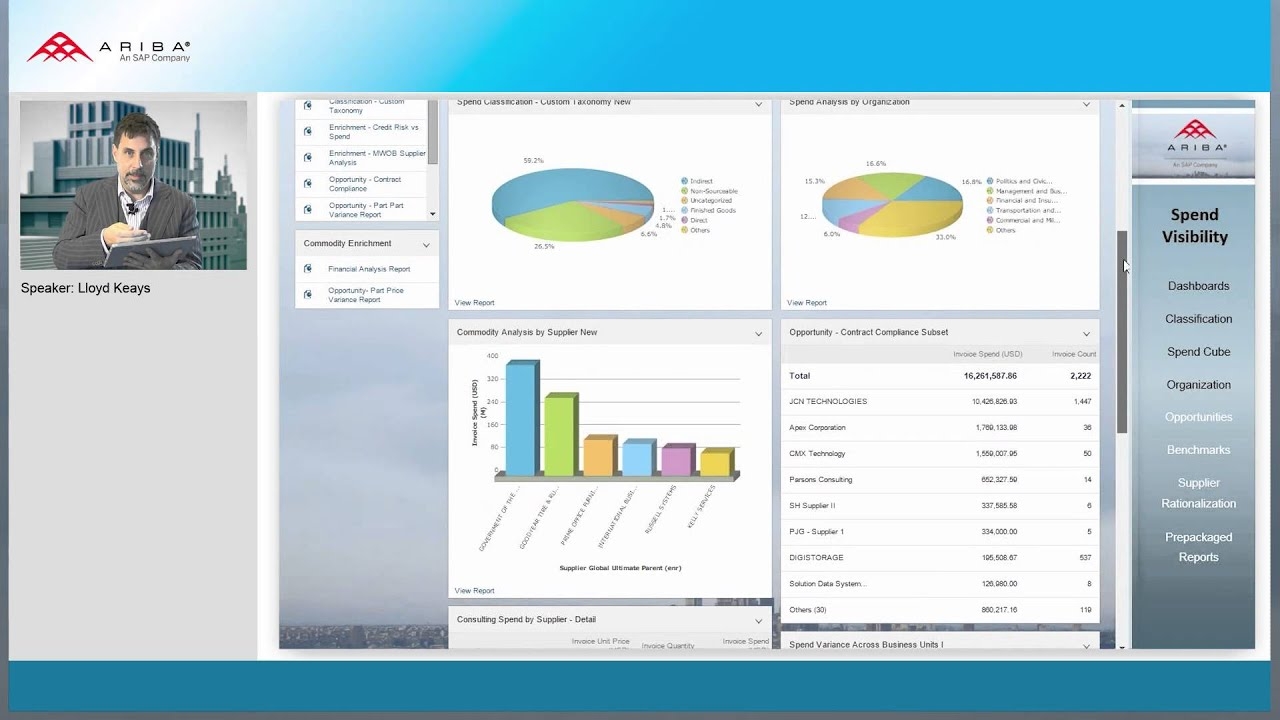

In addition to that, licensed sources become available once a license has been signed with the source institution. Risk data associated with the supplier's country.Ĭorporate information such as years in business, years in business under the same owner, number of liens or bankruptcy filings, and so on. Geographical data on natural disasters that can affect suppliers. The following sources are enabled by default: There are two categories of data sources: default sources and licensed sources. It is also possible to receive e-mail notifications when alerts are generated.įor the calculation of the risk exposure, data sources can be specified. Supplier risk exposure and alerts can be monitored on the Ariba Supplier Risk Dashboard. This functionality uses data from multiple service providers, public and private, including articles, news reports, company information, and other third-party content, and makes that information readily available. SAP Ariba has a built-in risk management mechanism. It is also possible to trigger alerts manually, based on business rules. This alert serves as a trigger for the data specialist who then needs to take action. The risk management products described in this blog make use of the “alert” principle: when the detection mechanism finds a problem or something suspicious, an alert is created.

To manage this, screening lists, provided and updated by governments and institutions across the world, can be used. For many businesses, it is legally required to check their business partners. Working with a suspicious supplier or with suspicious data could damage both revenue and reputation. Risk management helps to protect companies from making bad decisions about the choice of their suppliers. In addition, multiple cleansing scenarios are foreseen to make or keep your data clean (SAP MDG Mass Processing and Consolidation). Creation and modification of suppliers can be done through change requests that are approved based on an approval workflow running behind. SAP MDG-S is an out-of-the-box solution to centrally govern, maintain and distribute your supplier master data.

Suppliers can also register themselves to collect and manage detailed profile information. You can add new suppliers to your database using internal and external requests. In short, SAP Ariba Supplier Management is a cloud-based suite that provides a set of linked tools to manage suppliers. This blog presents some features of both products and some differences between them. The key requirement was to provide our recommendation regarding which solution to use, especially when it comes to Risk Management. Recently we have been requested to present a comparison between SAP Ariba Supplier Management and SAP Master Data Governance: Supplier.


 0 kommentar(er)
0 kommentar(er)
